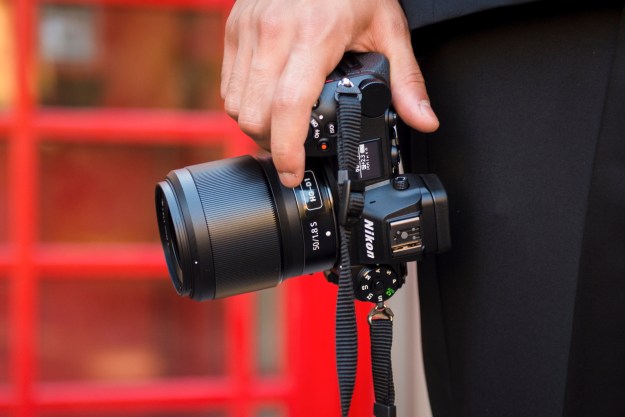
The tech is based on organic photoconductive film (OPF) sensors, a type of imaging sensor currently being researched by a number of different companies including Fujifilm as well as Panasonic. Organic sensors use two separate layers, one that’s the light-sensitive “film” and another layer of circuits to transform that light layer into electrical currents to create a digital image. OPF sensors are said to be better in low light because of that multilayer design.
But, since organic sensors already have two stacked layers, Panasonic decided to experiment with designing those layers independently, allowing developers to create a dual sensitivity pixel design that researchers say creates a saturation 10 times higher than what other sensors have been able to capture.
The organic photoelectric conversion film layer is stacked on top of a traditional CMOS chip, according to a Google Translate interpretation of the research. That layer structure allowed developers to divide the pixel’s electrodes into large and small areas. The sensor can then change the voltage applied to the first layer, essentially adjusting how sensitive the sensor is to light on a per-pixel basis. The effect is a wider dynamic range that exceeds the 120dB standard limitation. The sensor was also paired with a global shutter for eliminating motion distortion.
While high dynamic range is a popular technique for photography, researchers suggest the sensor could have a number of potential uses. Self-driving cars, for example, need to be able to see the road even in conditions tough for a traditional camera sensor because of high contrast, like when an object is backlit or when the vehicle moves in and out of a tunnel.
The paper suggests that the technology will be applied to future imaging and sensing devices after expanding on the initial research.
Editors' Recommendations
- Smaller and cheaper, the full-frame Lumix S5 is exactly what Panasonic needed
- Canon EOS R5 vs. Sony A7S III vs. Panasonic S1H: Best full-frame for video?
- iPhone 12 rumored to replace optical image stabilization with sensor-shift tech
- Panasonic Lumix S1H camera will offer limitless 6K recording for $4,000
- Panasonic Lumix S1 vs. Canon EOS R: A full-frame mirrorless matchup




